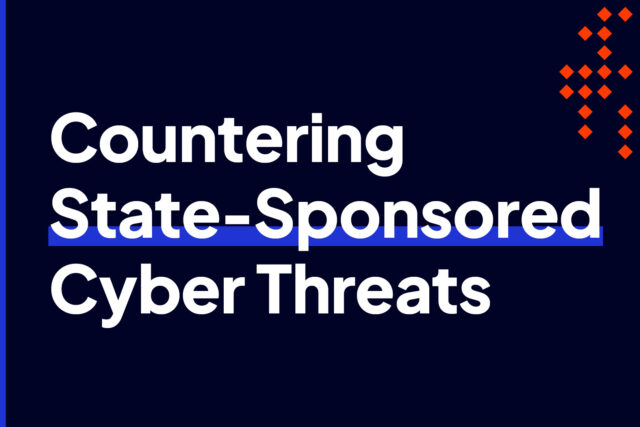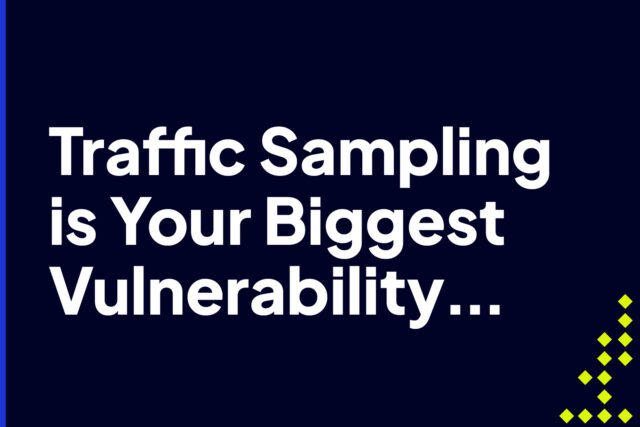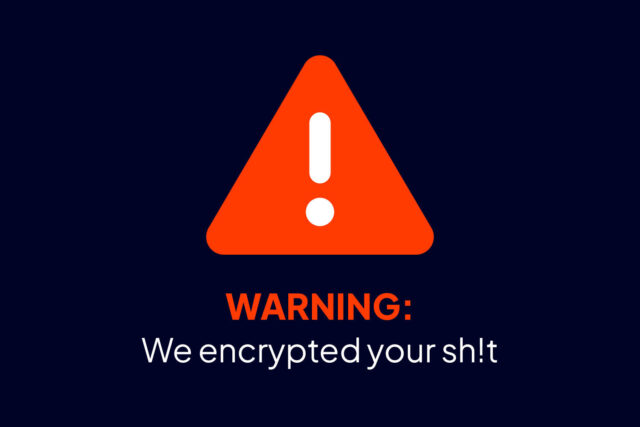
The Beauty of Zero Trust
Traditional security models have shown cracks in their armor in an era where cyber threats permeate every facet of our digital interactions. From devastating ransomware attacks crippling global infrastructure to sophisticated breaches leaking sensitive data, the cybersecurity landscape has never been more precarious. The zero trust model is central to redefining this landscape, a revolutionary approach changing how we conceive cybersecurity in product development.
This article aims to clarify the foundations, implications, and applications of zero trust.
What is Zero Trust?
At its essence, zero trust challenges the status quo. Rooted in the mantra “Never trust, always verify,” it demands rigorous validation for every entity — be it a user, device, or system. Traditional models trusted their internal networks, establishing fortified perimeters to ward off external threats. Zero trust disbands the notion of a ‘trusted’ internal network, emphasizing that threats can, and often do, originate from anywhere.
Decades ago, the dominant security paradigm was akin to a fortified castle — high walls and a deep moat to deter invaders, with implicit trust placed on those within. As long as the walls stood tall, the internals were deemed secure. This approach, however, fell short in the face of evolving threats. Insider attacks, compromised credentials, and advanced persistent threats have all exposed the vulnerabilities inherent in perimeter-based defenses. The legacy of these models serves as a cautionary tale, reminding us of the need for continued evolution in our security stance.
Importance in Product Development
In the realm of product development, the adoption of zero trust has profound implications. First and foremost is the concept of security being an integral part of every phase of product development. Instead of being an afterthought or a component tacked on during the final stages, security in the zero-trust paradigm is woven into the product’s very fabric from its inception. This proactive approach ensures that as products evolve, their security measures evolve in tandem, always staying a step ahead of potential vulnerabilities.
An often misunderstood facet of zero trust is its impact on user experience. Contrary to the belief that rigorous security protocols might encumber users with additional layers of verification, zero trust, when integrated fluidly, can enhance user experience. The key lies in implementing security checks that are both stringent and streamlined, ensuring users face minimal friction while the underlying systems maintain robust security.
A standout advantage of the zero trust architecture is its inherent flexibility and scalability. These systems are designed with modularity at their core. As organizations grow, expand, or pivot, the zero trust framework can adjust and adapt with them. This ensures that security remains uncompromised even during rapid change or scaling and operations continue efficiently.
Challenges and Considerations
Transitioning to a zero-trust model is not without its challenges. Central to these challenges is the cultural shift it necessitates. While the technical facets of zero trust are vital, its successful implementation requires an organizational culture that views security as a collective responsibility. Every team member, regardless of their designated role, must adopt a security-first mindset to ensure a cohesive approach to implementing and maintaining zero trust protocols.
The journey to zero trust can be intricate. The initial phases often introduce complexities, requiring organizations to familiarize themselves with new tools, technologies, and methodologies. This surge in complexity can be daunting, but with the right strategy and expertise, it becomes navigable.
The very nature of zero trust demands continuous evolution. The cybersecurity landscape is ever-shifting, with new threats emerging at unprecedented rates. In such a dynamic environment, resting on one’s laurels is not an option. Zero trust models must be constantly refined, updated, and innovated to ensure they remain effective against the latest threats.
Practical Steps for Implementation
Before embarking on the zero trust journey, organizations must comprehensively assess their current infrastructure. A thorough audit of assets, data flows, networks, and existing security measures provides a foundational understanding, setting the stage for a successful transition.
Central to the zero trust model is the robustness of its Identity and Access Management (IAM) systems. Regardless of its origin, every access request must undergo rigorous validation to ensure that resources are accessed only by entities whose legitimacy is beyond doubt. IAM forms the bedrock upon which the zero trust model stands.
Beyond establishing rigorous access controls, continuous real-time monitoring is of paramount importance. In a world where threats are evolving rapidly, the ability to detect and neutralize them in their nascent stages can be the difference between a minor hiccup and a major catastrophe. Thus, constant vigilance, facilitated by state-of-the-art monitoring and analytics, becomes a cornerstone of the zero-trust approach.
Success in zero trust is also contingent upon inter-departmental collaboration. It isn’t a journey one department undertakes in isolation. Seamless integration and consistent security protocols demand close cooperation between development, operations, and security teams. Together, they form a united front, weaving zero-trust principles seamlessly into the organization’s fabric.
Conclusion
The cybersecurity landscape stands at a crossroads, with old paradigms proving insufficient against modern threats. With its forward-thinking approach and robust frameworks, the zero-trust model offers a beacon of hope. For product developers and organizations at large, the path forward is clear. Embracing zero trust isn’t just about fortifying against threats; it’s about pioneering a new era of cybersecurity marked by resilience, agility, and user-centricity.
Intrusion has historically taken the stance that internal networks are insecure, which makes our applied threat intelligence so critical. From network visibility to simplified policy management, Intrusion reinforces zero trust architecture and principles. Read our white paper on applied threat intelligence and its emerging role in zero trust architecture.
Have questions? Book a meeting with us.


